The Blog
Minerva is deliberately placed on uneven, rocky, unsafe ground symbolizing the condition of our world past and present. Her movement is both defensive and offensive as she engages. The shield of the Great Seal of the United States is in her right hand, the 13 stripes on the shield represents the thirteen original colonies. In […]
January 30, 2025
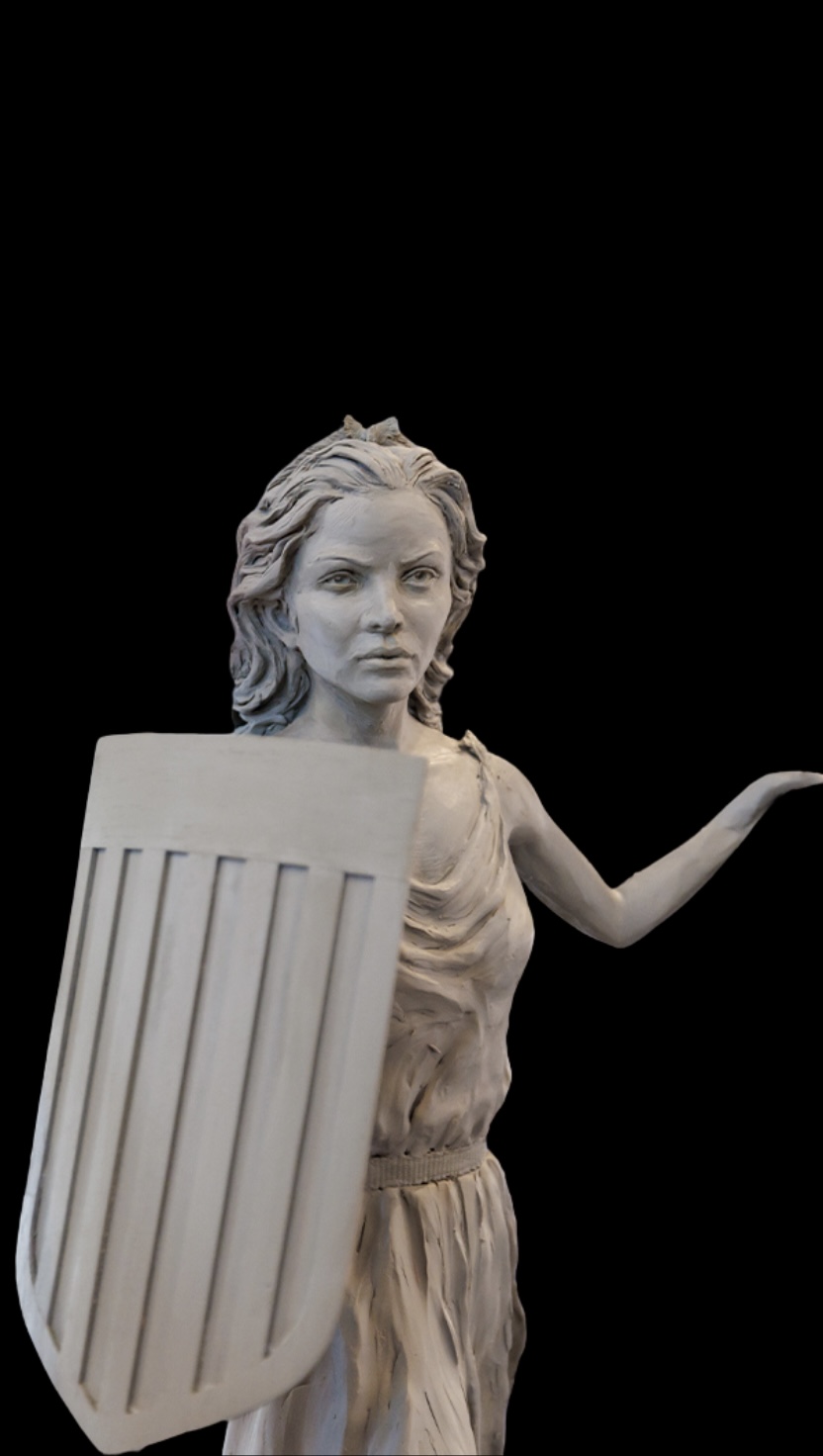
read more
In 2021, I received a lovely email from Deborah Kirkman, the Director of Advanced Aviation for the Flight Safety Foundation. Debbie had seen my work and wondered if I might be interested in creating a sculpture for the Foundation. She then proceeded to share Gloria Whitton Heath’s impressive story with me. Gloria Whitton Heath (1922–2017), […]
January 30, 2025
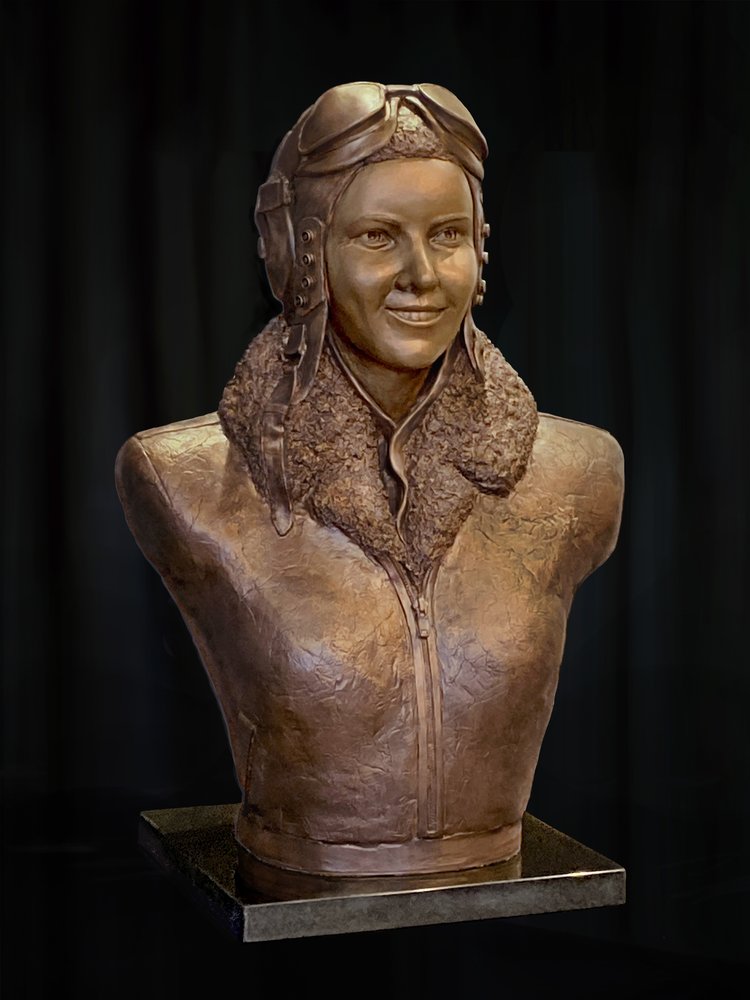
read more
I realized early on in my sculpting practice that I am happiest creating pieces that speak to the Divine Feminine. Among the powerful women figures who have inspired me are the gutsy Fly Girls of the early 20th century. Air Racing, Barnstorming, Stunt FlyingEarly Fly Girls took to the skies and paved the way for […]
January 30, 2025

read more
What drives someone to climb into the cockpit of a flying death trap to test dangerous aircraftthat most men were afraid to fly? What drives someone to rebel against social convention andgender roles to risk their life for two thirds of the pay of their male counterparts? What drivessomeone to risk their life, knowing all […]
January 30, 2025
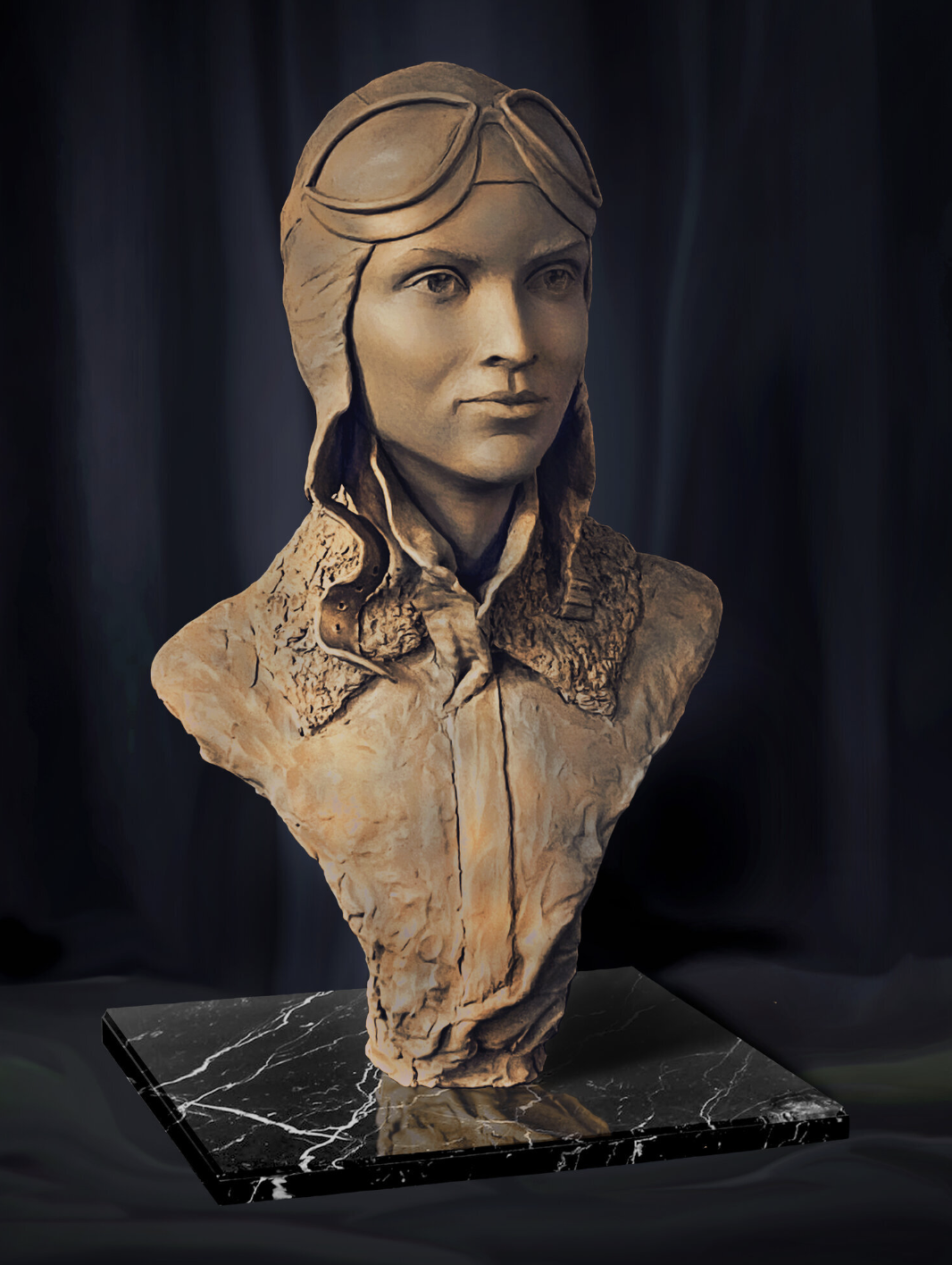
read more
Virginia Hall, America’s greatest spy of WWII, facedconsiderable obstacles besides the danger of working asan operator behind enemy lines in German-occupiedFrance during WWII. Her dream had been to work forthe U.S. State Dept as a foreign service officer. Thedoor was slammed shut when she lost her leg in ahunting accident as amputees were not eligible […]
January 30, 2025

read more
Who doesn’t love the story of The Nutcracker ballet? The inspiration for Clara comes from one of myearliest and fondest childhood memories. I was four-years old in 1959 and I lived with my family in inYorba Linda, California. It was Christmas time and my mother and grandmother took me to see TheNutcracker ballet for the […]
January 30, 2025
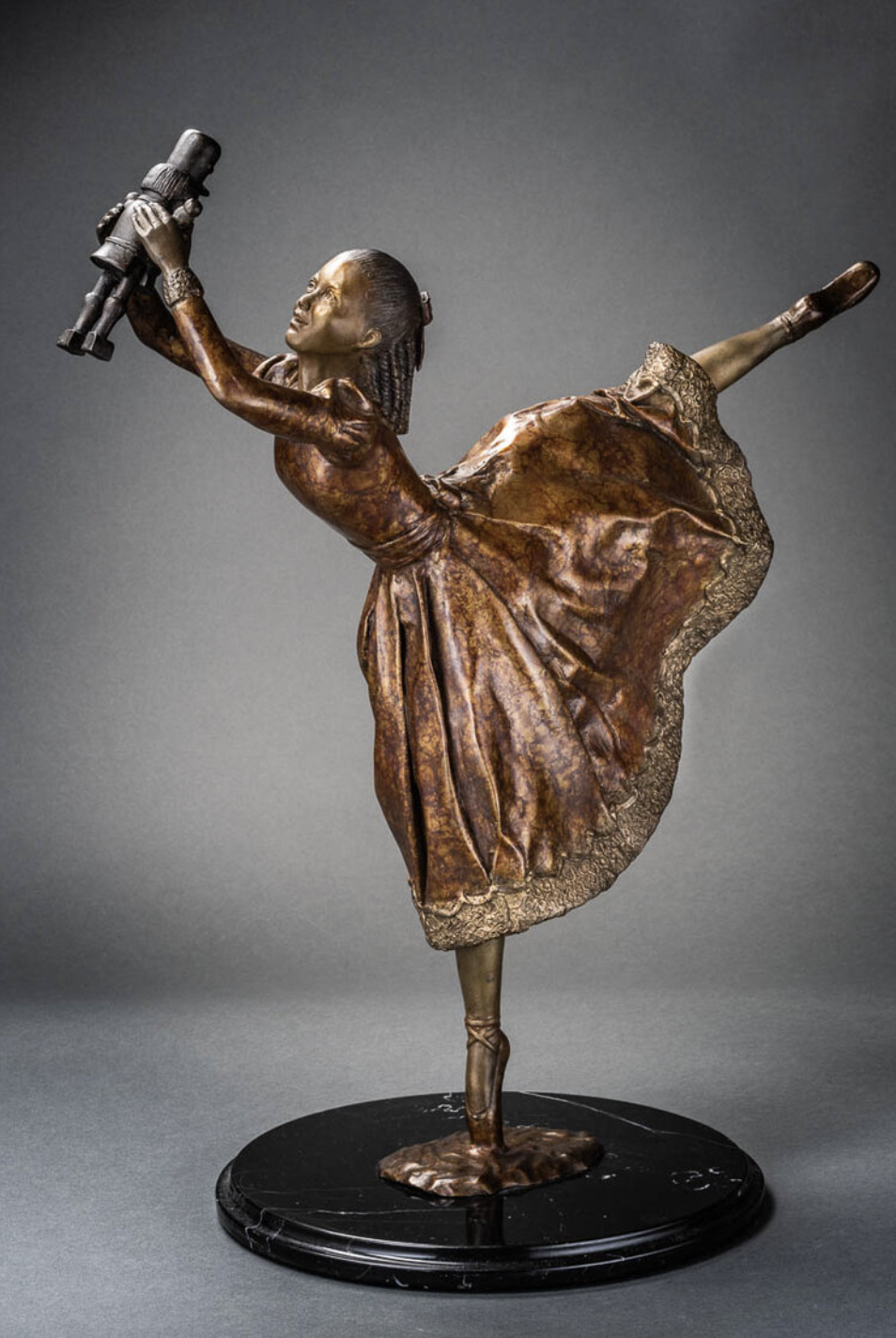
read more
The inspiration for Henry is the result of hours spent researching 1950’s fashion. I was awestruck bybeauty of the fashion of this time period. The models are gorgeous and the clothes are breathtaking, butit’s the fashion photographer that brings it all to life. The lighting, the poses, the vantage point, and theaccessories all work together […]
January 30, 2025

read more
Iron Backbone was finished and the photo shoot was in the can. Just when I thought “everything is justas it should be,” I walked into the studio and lo and behold Raleigh Joe Hamilton, the third rail workerwas collapsing!! He literally was in the process of breaking in half in the middle. What the hell […]
January 30, 2025

read more
It all started on a Friday evening about two years ago. My dear sister in law Marla and I were sitting atthe island in my kitchen having a glass of wine discussing the goings on of the week. I noticed that shewas more animated than usual and wondered what was going on. It wasn’t long […]
January 30, 2025
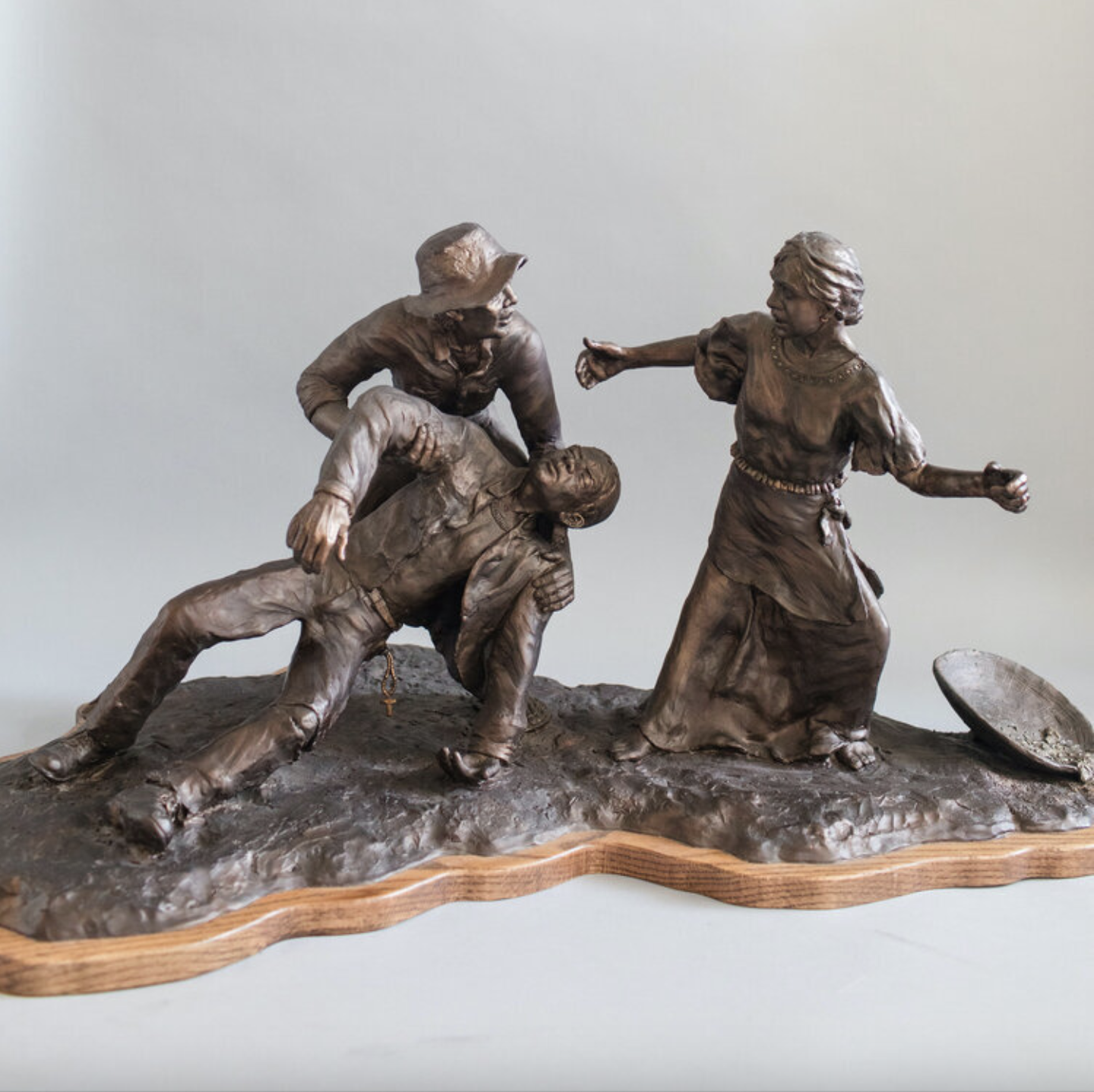
read more
Meet the Artist
Laurie Barton creates evocative sculptures that celebrate resilience, courage, and the beauty of the human spirit. Inspired by the stories of extraordinary individuals, her work honors those who challenged the status quo, overcame adversity, and shaped history. With installations across the United States, Laurie’s art blends meticulous detail with emotional depth, connecting viewers to the rich legacies of her subjects.
Each piece is a tribute to the power of storytelling, crafted with a timeless aesthetic that invites reflection and inspires hope. From public monuments to private commissions, Laurie’s sculptures are a lasting reminder of the triumphs that define us all.
learn more
Contact Us
name
phone
message
name
Subscribe to our newsletter for updates and special announcements!
Created by Digital Blue Hole
Thank you!
Your message has been sent.
We'll contact you shortly